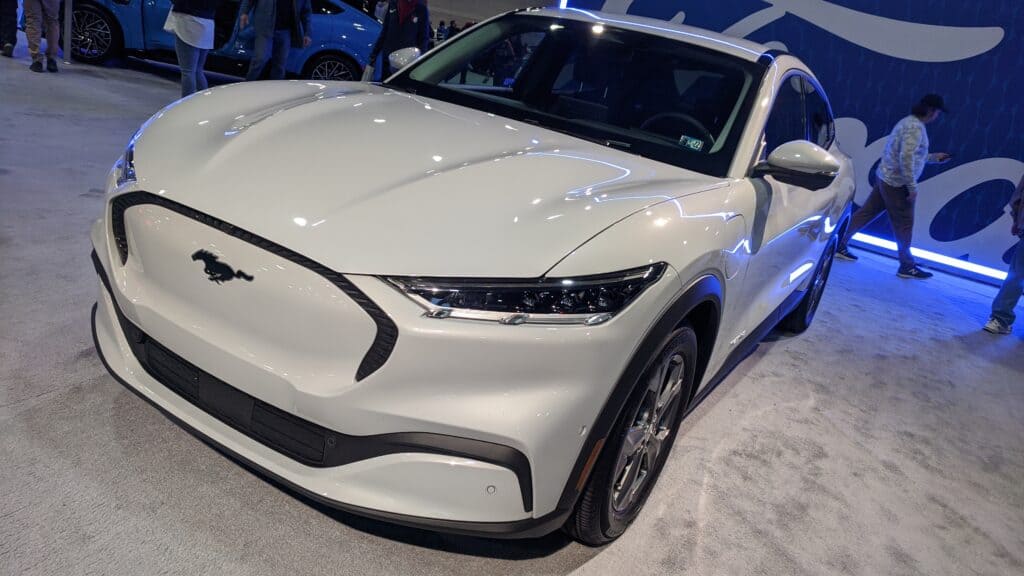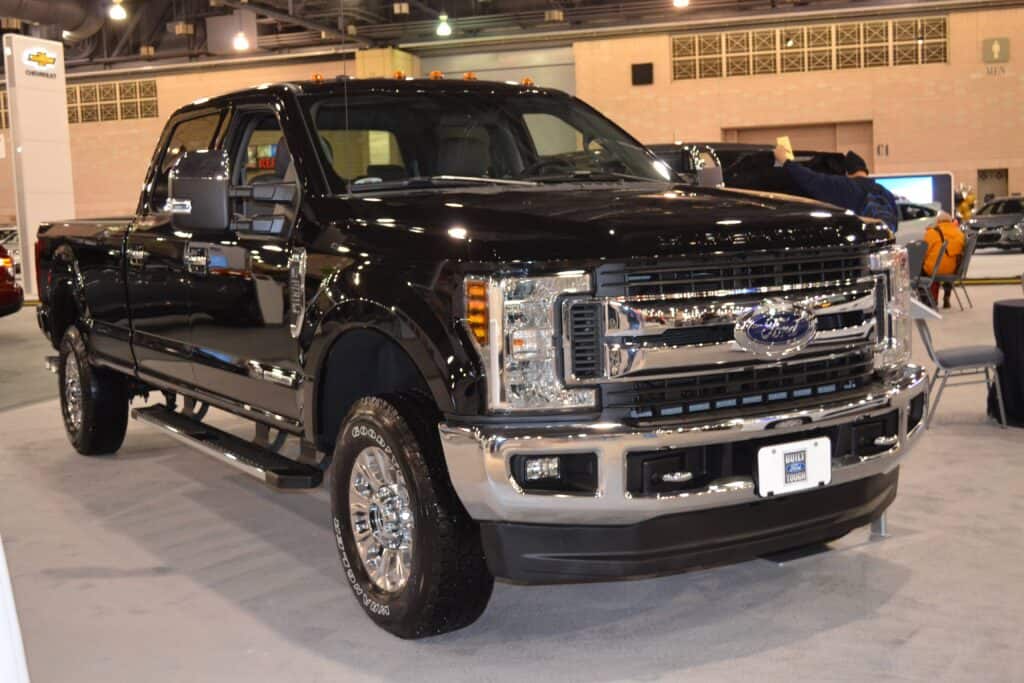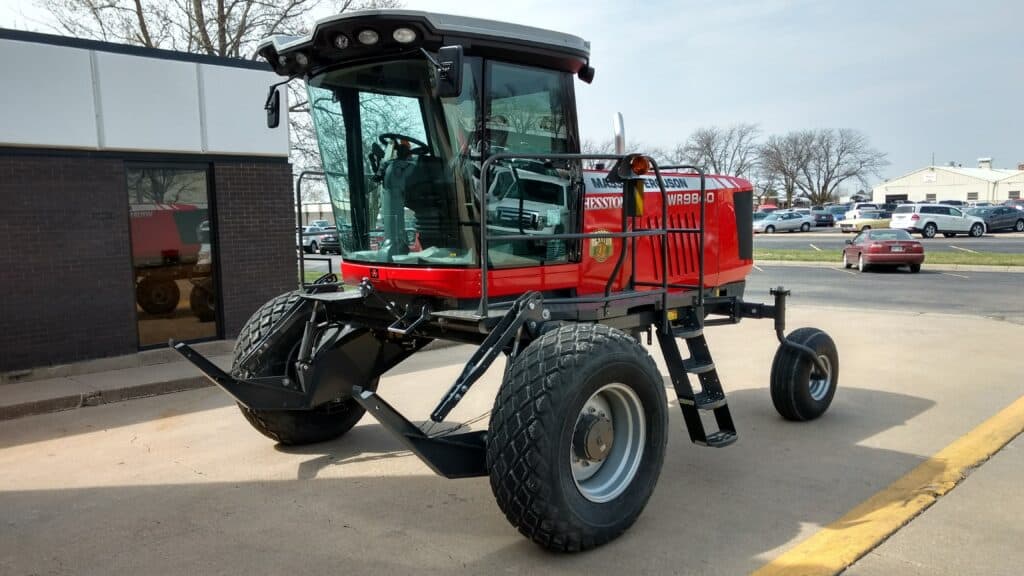EPA proposes GWP limit for five MVAC subsectors
By Steve Schaeber, MACS Technical Editor
The mobile air conditioning industry has, so far, used R-1234yf refrigerant primarily in passenger vehicles and light duty trucks. Although MACS has reported on other subsectors which have been granted permission to use yf (such as medium-duty trucks, complete heavy-duty vans, and certain agricultural and construction equipment), to date we have only seen R-134a continue to be used in these systems.
But when this new EPA rule takes effect, we’re likely to see these vehicles switch over to use R-1234yf.
The U.S. EPA issued a new NPRM (notice of proposed rulemaking) on December 7, 2022, which proposes to limit the GWP (global warming potential) of refrigerants used in newly manufactured vehicles in five subsectors of MVAC (motor vehicle air conditioning). These include light-duty and medium-duty passenger vehicles, heavy-duty pickup trucks, complete heavy-duty vans and nonroad vehicles, such as agricultural and construction equipment. This new proposed rule proposes a GWP limit of 150, which is the same limit imposed by European regulators, and by the Kigali amendment.
The NPRM takes effect on December 15 (the date it was published in the federal register), at which time the official comment period begins. Anyone may send comments to EPA regarding the proposed rule, but they only have until January 30, 2023, to do so.
EPA has scheduled a virtual public hearing for 12/30/2022…
What does this mean for each subsector?
On the light-duty side, it means that EPA is requiring car makers to do what they’ve already been doing, which is to use a low-GWP refrigerant in their MVAC systems. Almost every passenger car and light truck being sold in the US today (with only a very few exceptions) has already switched away from R-134a and is now using R-1234yf. For those last holdouts, they’ll be required to switch away from HFCs by the 2025 model year (which for some means early 2024).
For the remaining subsectors, it’s going to force a change.

Medium-duty passenger vehicles, heavy-duty pickup trucks and complete heavy-duty vans, according to EPA are considered to be limited types of heavy-duty vehicles. EPA previously allowed the use of yf in these vehicle types, but so far none are using it.

The reason: Cost. Most of these vehicles are vocational, meaning they’re used for work. This makes them very cost-sensitive because like all things that go into “making something”, cost matters. Cost matters to the company buying something to be used in the product or service they provide, and cost matters to the customer and the end-user who ultimately purchase said product or service.
Also, there has not been a “driving force” making the manufacturers change.
For LD vehicles, EPA tried to require OEs to switch away from R-134a a few years ago, and while their plan didn’t work out, it wasn’t the driving force anyway; CAFE credits were. There are no such credits outside of light duty, and so there has been no reason to switch (until now).
It’s a similar situation with regards to nonroad vehicles, such as agricultural and construction equipment. This category is also broken down into a few types, which include: agricultural tractors greater than 40 HP; self-propelled agricultural machinery; compact equipment; construction, forestry, and mining equipment; and commercial utility vehicles (UTVs).

Similar to the “limited types of HD vehicles”, OEs have also been allowed to use yf in these systems for some time now but have yet to do so. There has been no requirement, no credits, and of course like always… cost matters.
It’s important to note that EPA is not requiring the use of any specific refrigerant. All they’re saying is that beginning with the 2026 model year, OEs will no longer be allowed to use a refrigerant with a GWP of more than 150. And in case you were wondering, the proposed rule includes vehicles being manufactured in the US exclusively for export, along with electric vehicles. This includes light-, medium- and heavy-duty hybrids, plug-in hybrid electric vehicles, fully electric vehicles, and fuel cell vehicles.
Also please note, that there has not yet been a proposal to limit the use of HFCs in other types of HD vehicles, such as class 4-8 trucks, busses, school buses and specialty vehicles. We do know however, that a SNAP submission is being worked on at the moment. More on that will be included in a future issue of ACtion Magazine.
What Are the Benefits of This Proposed Rule?
EPA estimates that the proposed rule, if finalized as written, would result in significant GHG (greenhouse gas) emissions reductions benefits while providing savings to American consumers and industry through energy efficiency gains and lower cost alternatives. The proposal would result in cumulative GHG emissions reductions ranging from 134 to 903 MMTCO2e (million metric tons of carbon dioxide equivalent) through 2050. EPA estimates that the cumulative net benefits of this proposed action are between $13.1 billion to $56.3 billion from 2025 through 2050. These numbers are for the entire HFC marketplace, and not limited to MVAC.
EPA has scheduled a virtual public hearing for 12/30/2022 and they are seeking comment on this proposed rule.
Want to learn more about this proposed rule?
Here’s a link to it on EPA’s website: https://www.epa.gov/climate-hfcs-reduction/technology-transitions
EPA’s docket number for the proposed rule: EPA-HQ-OAR-2021-0643
For more information about MACS, our website is: https://macsmobileairclimate.org/
Have a comment about this article? We want to hear from you! info@macsmobileairclimate.org
Want to read a follow-up article based on this BLOG?
Be sure to read the January/February issue of ACtion Magazine! The mobile air conditioning industry’s journal of record. Published by MACS, you can find ACtion on our website.
Thanks for reading.

About the author:
Steve Schaeber is the technical editor and manager of service training for MACS, the Mobile Air Climate Systems Association. He’s been in the automotive industry since 1989 and writing about the mobile air conditioning sector since 2013. You can reach Steve at: sschaeber@macsmobileairclimate.org

Leave a Reply